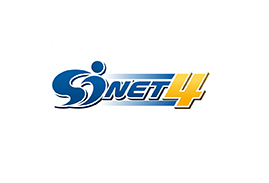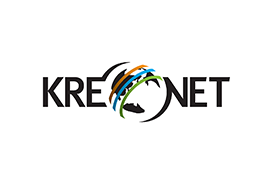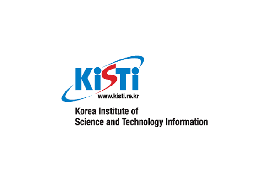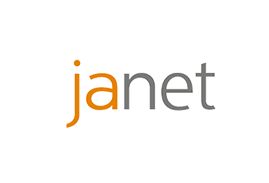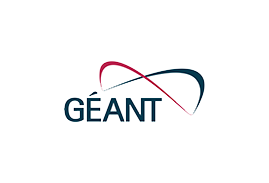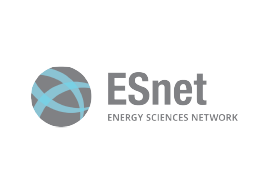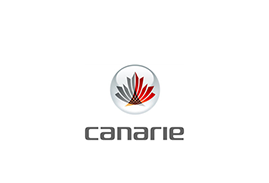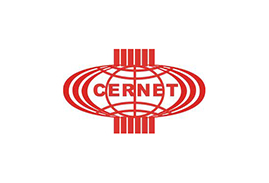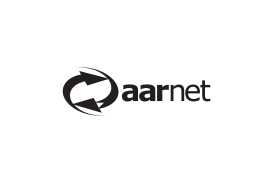account_balance
Global LEOSat
Established: Q2 2024
The promise of LEO satellites was and is that they overcome the two major issues for satellites in the infrastructure of the Internet, i.e. they have an acceptable roundtrip time due to the much lower orbit of the satellites and they have much more bandwidth available per satellite. However, the LEOSat technology is very unlikely to play a role in the backbone of the Internet, where submarine and terrestrial cables remain the only viable solution, due to the orders of magnitude higher bandwidth on modern cables.
LEOSat technology and services are however an important addition for connectivity for R&E Networks, in at least three categories of infrastructure services delivery in the local loop:
- Connecting a location that is hard to reach by fiber, e.g. a research station in a remote location.
- Connecting a moving object, e.g. a research vessel.
- As a back-up for a critical site that has its connection through one fiber path only.
Various R&E Networks around the world have been experimenting with LEOSat technology over the last few years. Some have already integrated LEOSat connectivity in their arsenal for connecting parts of their constituency.
The goal of this working group is to be a platform for discussion on LEOSat developments, in the areas of technology, service delivery, commercial, and legal.
Objectives:
- Serve as a platform for discussion on LEOSat developments with topics of interest including exploring possible mechanisms for joint procurement of LEOSat services, and R&E Networking connectivity to LEOSat providers.
- Provide a half-yearly report on the state of play of LEOSat in R&E.
Contact details:
- Mailing list: global-leosat-wg@lists.gna-g.net
- Chairs: Erik-Jan Bos (bos@nordu.net), Mark Wolff (Mark.Wolff@canarie.ca), Andrew Wiedlea (awiedlea@es.net)
- GNA-G Leadership Team Liaison: David Wilde (David.Wilde@aarnet.edu.au)



